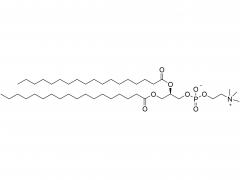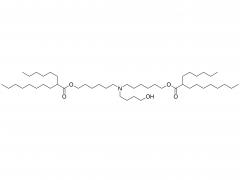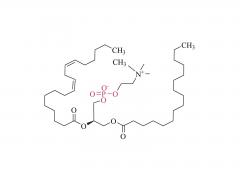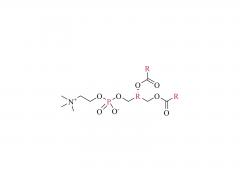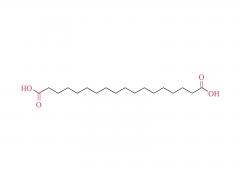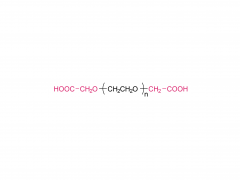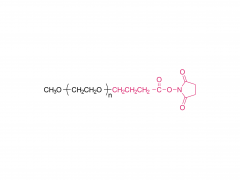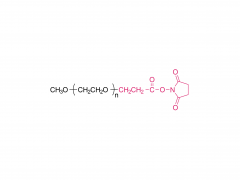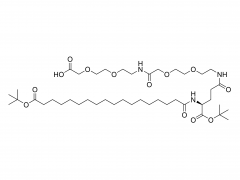Imagine diminutos sensores de fuerza piezoeléctricos que se pueden colocar dentro del cuerpo: monitorean los cambios de presión fisiológica en los órganos dañados, facilitan la administración precisa de medicamentos o promueven la reparación y regeneración de tejidos. ¿Y lo mejor? Requieren... sin batería , y después de su uso, el cuerpo los absorbe y los degrada ¡Eliminando así la necesidad de cirugía de extirpación invasiva!
Sin embargo, los materiales piezoeléctricos tradicionales, como la cerámica inorgánica y los polímeros orgánicos, presentan una degradabilidad y citotoxicidad inadecuadas. Los científicos identificaron los cristales de aminoácidos como un candidato prometedor: son... biocompatible y exhibir excelente piezoeléctrico propiedades ¿El reto? Estos cristales son demasiado pequeños, como arena esparcida, lo que dificulta enormemente alinearlos para formar dispositivos funcionales.
Los investigadores Yi Cao y Bin Xue de la Universidad de Nanjing encontraron una solución: una técnica especial llamada " Recocido mecánico Utilizando cristales de aminoácidos naturales como material piezoeléctrico, diseñaron sensores de fuerza piezoeléctricos totalmente orgánicos y biodegradables. Al ser tratados con recocido mecánico, la capacidad de generación de energía de los cristales se disparó, alcanzando un coeficiente piezoeléctrico 12 veces superior al de los polvos monocristalinos. Además, las películas de cristal tratadas se volvieron lisas y planas, como un protector de pantalla de teléfono, lo que mejoró significativamente el contacto con los electrodos y permitió señales eléctricas más fuertes y estables.
El resultado " sensores de fuerza piezoeléctricos absorbibles ", una vez empaquetados, se implantaron in vivo y monitorearon con éxito movimientos dinámicos como las contracciones musculares y la respiración pulmonar. continuamente durante 4 semanas . Después, ellos Se degrada gradualmente sin causar inflamación ni toxicidad sistémica. Este avance ofrece nuevas esperanzas para la medicina del futuro, proporcionando una vía para diseñar y fabricar sensores de fuerza totalmente orgánicos y biodegradables para posibles aplicaciones clínicas.
Fabricación del sensor de fuerza empaquetado:
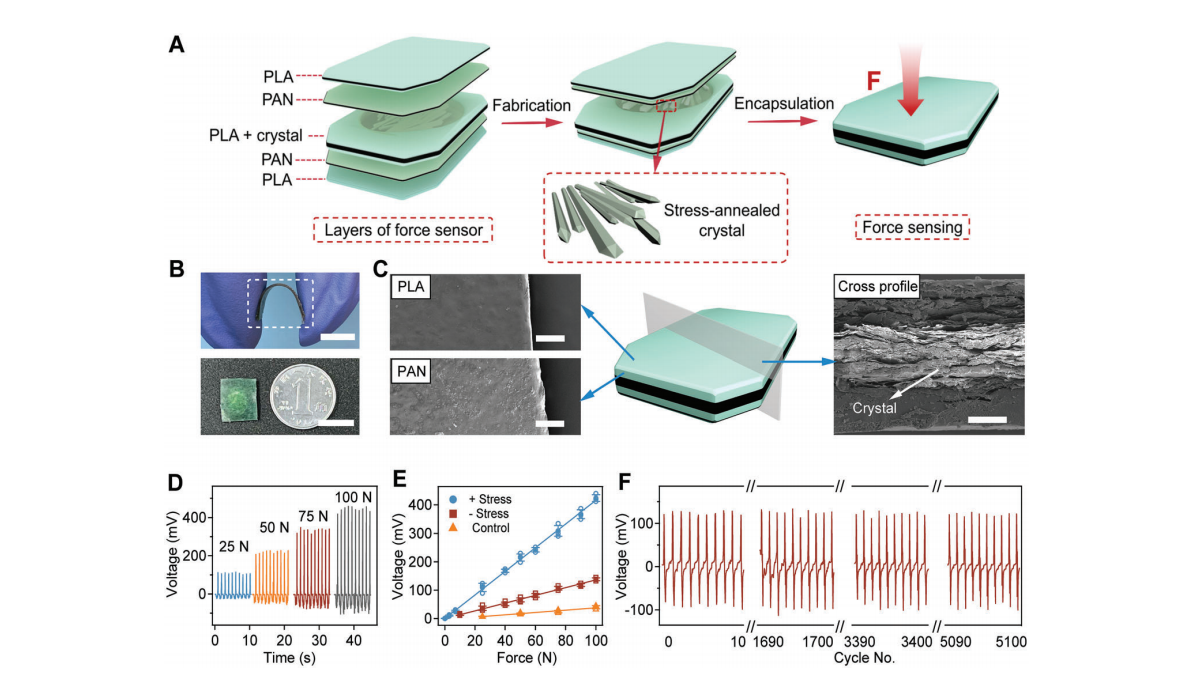
Preparación de películas de cristal recocidas mecánicamente: La isoleucina se disolvió en agua desionizada para formar una solución, se calentó y se transfirió a un baño de agua helada para reposar, lo que permitió la formación de núcleos cristalinos. Los cristales se recogieron y secaron en un horno. Los cristales de isoleucina preparados se introdujeron en un molde de tabletas y se sometieron al proceso de recocido mecánico, obteniéndose cristales redondos con forma de película. Otros cristales de aminoácidos y sus homólogos recocidos mecánicamente se prepararon utilizando el mismo método.
Preparación del electrodo PLA-PAN: El ácido poliláctico (PLA) se disolvió en diclorometano (DCM) para formar películas de PLA, que actúan como la membrana protectora externa del sensor. Pero una membrana por sí sola no es suficiente; los sensores necesitan electrodos para captar señales eléctricas débiles. Los investigadores idearon un ingenioso truco: sumergieron una cara de la película de PLA en una solución reactiva (que contenía ácido sulfúrico y anilina). Tras el procesamiento, la superficie de la película de PLA, originalmente aislante, se recubrió con una capa conductora de polianilina (PAN), transformándola en un electrodo compuesto PLA-PAN con doble función: protectora y conductora.
Integración del "núcleo de potencia": película de cristal piezoeléctrico: La película de cristal de aminoácidos recocida mecánicamente es el corazón del sensor, responsable de convertir la presión en señales eléctricas. Se preparó una película cuadrada de PLA con un orificio central. La película de cristal se colocó en este orificio, creando una capa sándwich. Los electrodos PLA-PAN se cortaron en películas cuadradas y la capa sándwich se colocó entre ellas. Para asegurar un sellado completo, se aplicó cuidadosamente un pegamento especial para PLA (también hecho de PLA disuelto) a todos los bordes y superficies, envolviendo el sándwich en film transparente. Una vez seco el pegamento, ¡se creó un sensor de fuerza completo, sellado y empaquetado!
Optimización para uso in vivo: Para la versión realmente destinada a la implantación, los científicos realizaron optimizaciones clave: Para mejorar la biodegradabilidad , un clorhidrato de polietilenglicol amina de ocho brazos( PEG-NH de 8 brazos 2 ·HCl (SUC) Se mezcló con la solución de PLA y la película de cristal se colocó directamente entre los dos electrodos PLA-PAN (omitiendo la capa intermedia de PLA) y se selló con pegamento de PLA. El polietilenglicol y sus derivados se encuentran entre los pocos polímeros certificados por la Administración de Alimentos y Medicamentos de los Estados Unidos (FDA) para productos biomédicos, conocidos por su citotoxicidad extremadamente baja y excelente biocompatibilidad.
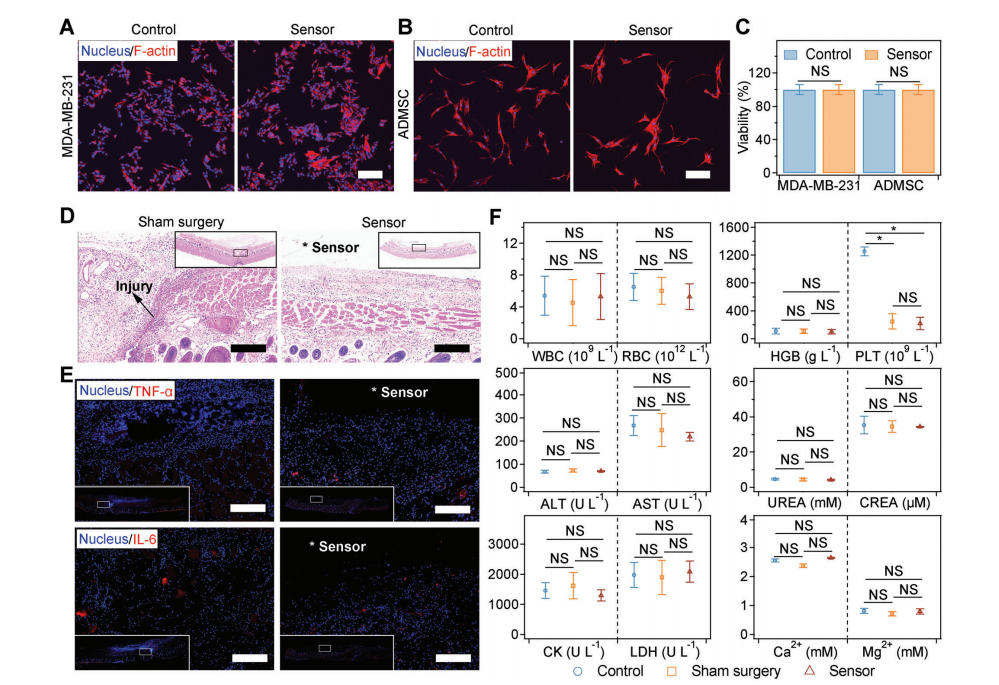
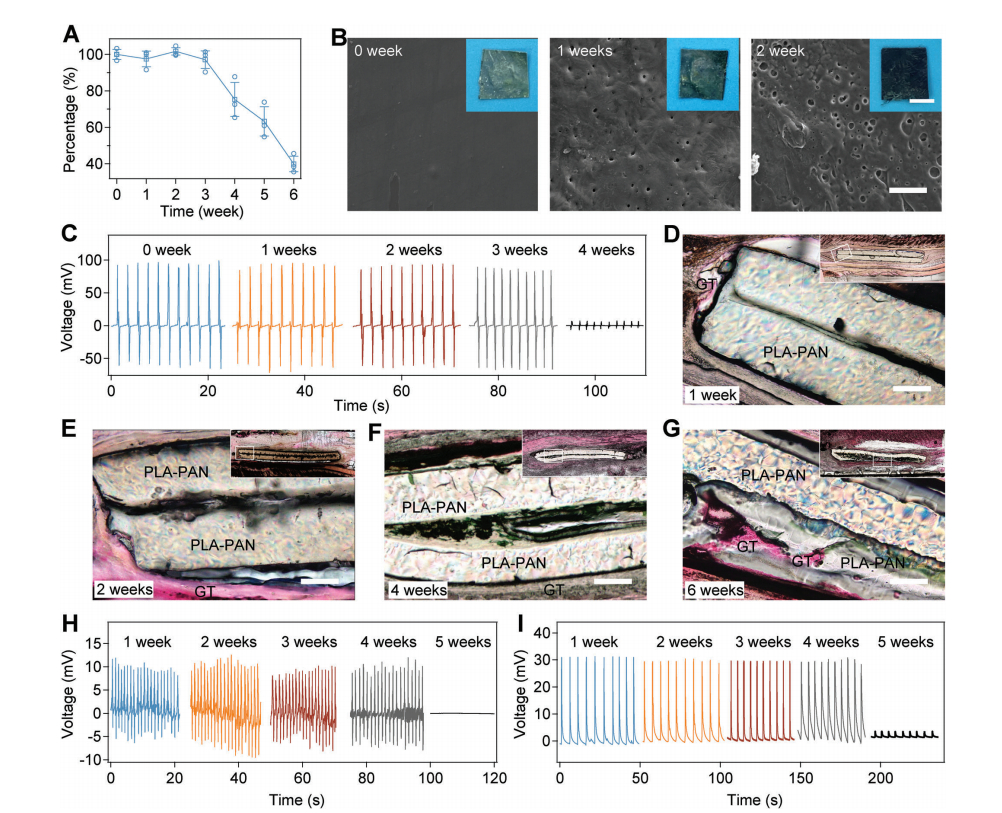
Rendimiento y significado:
La validación experimental confirmó que los sensores de fuerza piezoeléctricos diseñados poseen excelente biocompatibilidad, estabilidad a largo plazo y biodegradabilidad. Este estudio es el primero en proponer la estrategia de recocido mecánico, que permite la fabricación de materiales cristalinos de isoleucina altamente ordenados y a gran escala.
Este método es versátil y puede extenderse al diseño y la fabricación de otras películas piezoeléctricas basadas en biomateriales. La disposición altamente ordenada de la fase cristalina dentro de la película aumenta significativamente su coeficiente piezoeléctrico macroscópico, mientras que la superficie plana y lisa garantiza una conexión firme con los electrodos de polímero conductor. En consecuencia, los sensores de fuerza encapsulados presentan una alta sensibilidad y un amplio rango de detección de fuerza.
Recientemente, investigadores han explorado diversos cristales biomoleculares novedosos utilizando péptidos y sus derivados, que presentan coeficientes piezoeléctricos muy superiores a los de los materiales utilizados en este estudio. Dada la versatilidad de la técnica de recocido mecánico, la sustitución de la isoleucina por estos nuevos biomateriales piezoeléctricos ofrece un gran potencial para mejorar aún más el rendimiento de los sensores de fuerza biodegradables basados en aminoácidos.
El PEG-NH de 8 brazos 2 ·El HCl (SUC) utilizado en este estudio se obtuvo de Xiamen Sinopeg Biotech Co., Ltd. Sinopeg ofrece una variedad de productos estructurados de ocho brazos (SUC). ¡Agradecemos sus consultas!
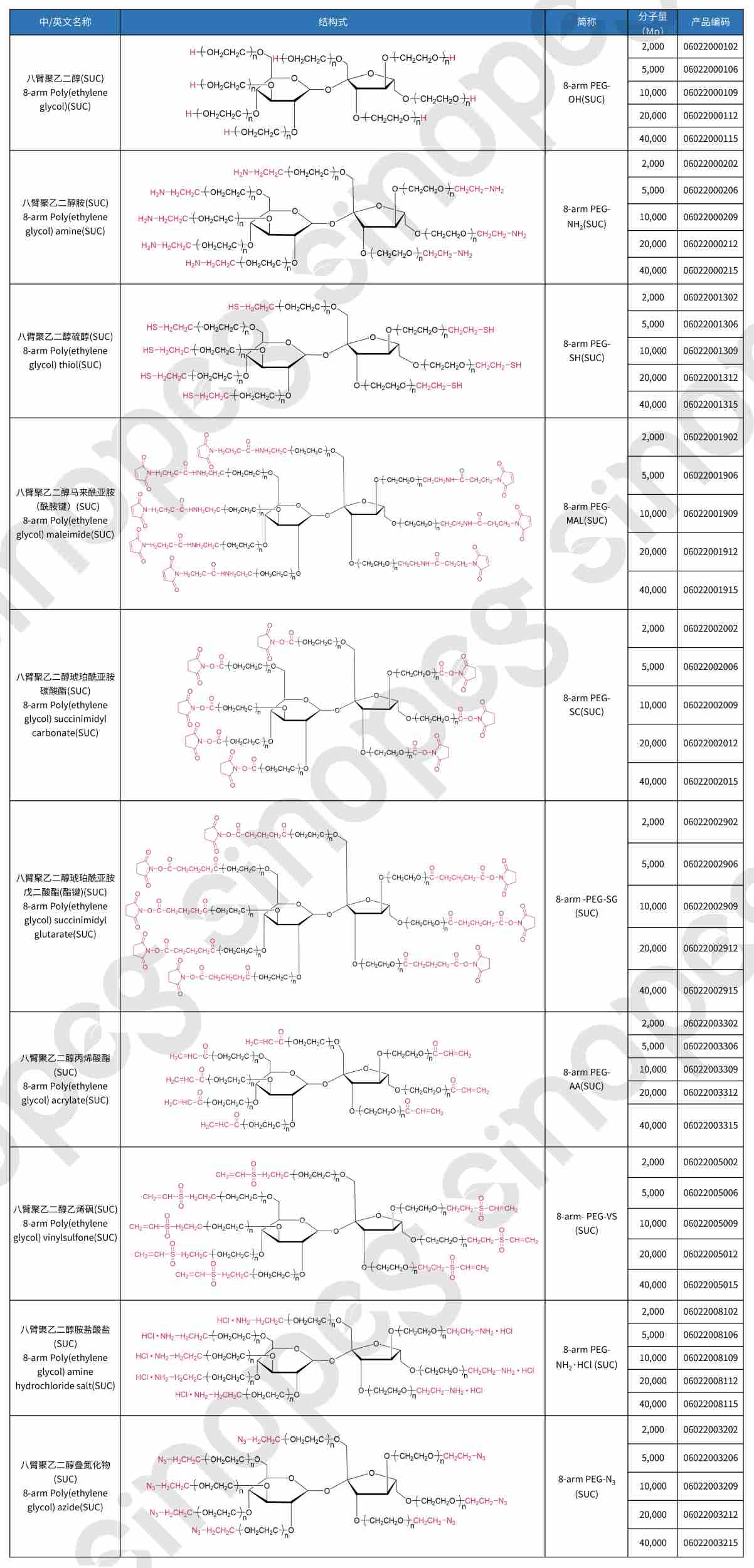
Referencia:
Cheng, Yuanqi, et al. "Aumento de la sensibilidad piezoeléctrica de cristales de aminoácidos mediante recocido mecánico para la ingeniería de sensores de fuerza totalmente degradables". Advanced Science 10.11 (2023): 2207269.






